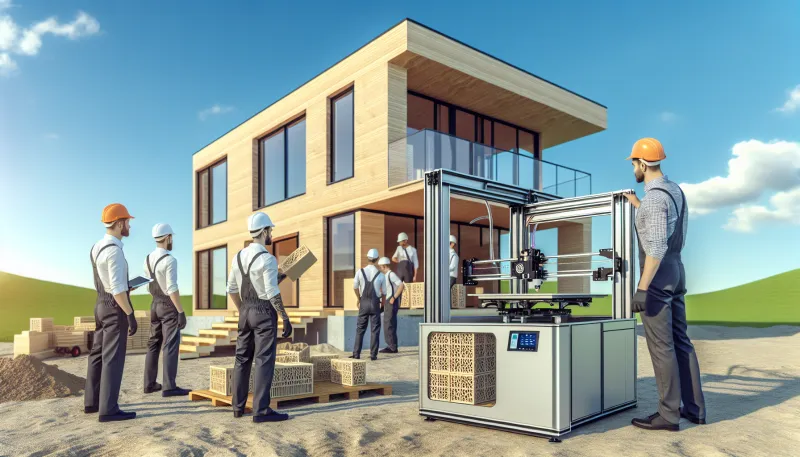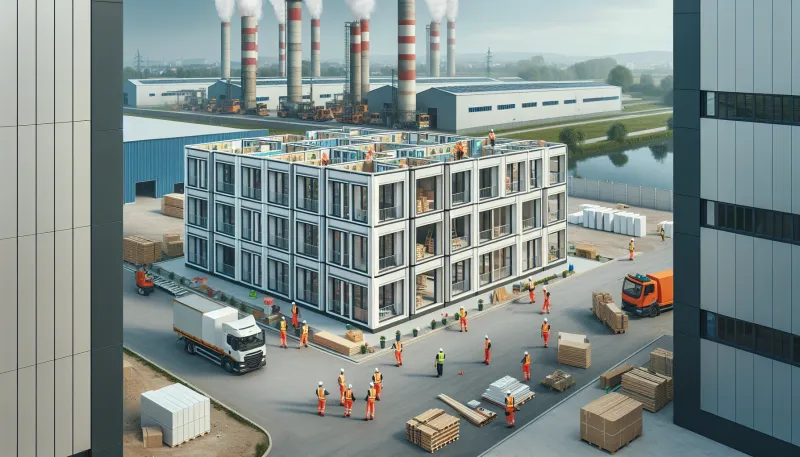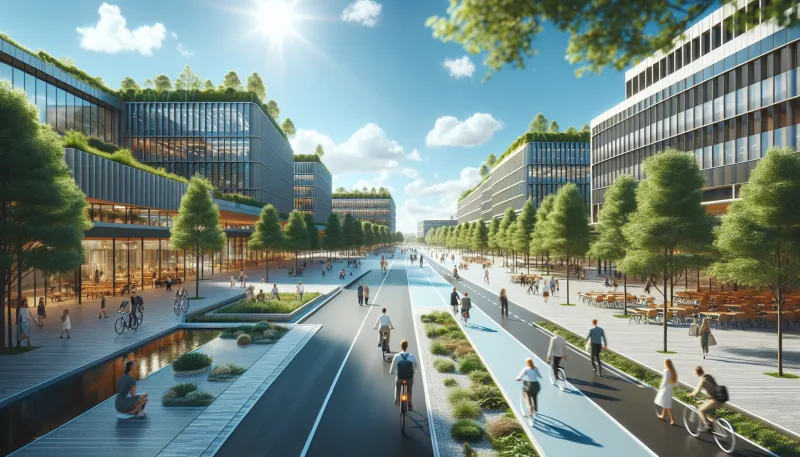
The Most Innovative Construction Materials of the Decade
The construction industry has witnessed a remarkable transformation over the past decade thanks to breakthroughs in material science. These innovative materials are not only redefining architectural possibilities but also addressing sustainability, durability, and efficiency concerns. From smart composites to eco-friendly alternatives, the newest generation of construction materials is paving the way for smarter and greener building practices.
Self-healing concrete
Self-healing concrete incorporates bacteria or chemical agents that can repair cracks autonomously when exposed to water and air. This innovation extends the lifespan of structures by preventing micro-cracks from expanding and reduces maintenance costs drastically. By mimicking biological healing processes, self-healing concrete offers a promising solution for infrastructure prone to wear and tear.
Aerogel insulation
Aerogel insulation is a highly porous, ultra-light material known for its exceptional thermal resistance. Often called 'frozen smoke', aerogel provides superior insulation with minimal thickness, making it ideal for modern energy-efficient buildings. Its translucent variations also allow natural light transmission without compromising insulation.
Graphene-enhanced materials
Graphene, a single layer of carbon atoms arranged in a hexagonal lattice, has revolutionized material strength and conductivity. When integrated into construction materials like concrete, metals, or composites, graphene-enhanced materials significantly improve durability, flexibility, and resistance to corrosion while reducing weight.
Cross-laminated timber
Cross-laminated timber (CLT) is engineered wood made by layering timber panels at perpendicular angles and bonding them together. This method enhances structural rigidity and fire resistance, making CLT a sustainable alternative to steel and concrete in mid-rise and even high-rise buildings. Its carbon footprint is also lower thanks to its renewable source.
Translucent wood panels
Developed by modifying natural wood by removing lignin and filling the structure with transparent polymers, translucent wood panels combine strength with light transmission. These panels offer a renewable and aesthetic alternative to glass, providing natural daylight while maintaining privacy and insulation.
3D-printed concrete
The rise of additive manufacturing has brought forth 3D-printed concrete, enabling precise, waste-free construction of complex shapes that were previously unimaginable. This technology allows rapid on-site fabrication, reducing labor costs and material waste, with the potential to revolutionize housing and infrastructure development.
Phase change materials
Phase change materials (PCMs) absorb and release thermal energy to stabilize indoor temperatures. Incorporated into walls, floors, or ceilings, PCMs contribute to energy-efficient buildings by reducing heating and cooling demands. They leverage the energy stored or released during phase transitions, such as melting or solidifying.
Recycled plastic composites
Utilizing waste plastics, recycled plastic composites have emerged as durable, lightweight building materials suitable for decking, roofing, and structural applications. These composites help address plastic pollution while offering resistance to moisture, insects, and rot, thereby increasing longevity and sustainability.
Nanomaterial coatings
Nanomaterial coatings apply nanotechnology to enhance surface properties of construction materials. With features like anti-corrosion, self-cleaning, UV protection, and antimicrobial effects, these coatings improve the performance and durability of buildings with minimal environmental impact.
Tommy is a property-passionate journalist who covers the forces shaping housing and the built environment. With a data-driven approach and a reporter’s curiosity, he writes on market cycles, urban development, PropTech, and policy—always connecting numbers to everyday lives. [Name]’s work blends clear analysis with on-the-ground reporting to help readers navigate trends, opportunities, and risks across residential and commercial real estate.












